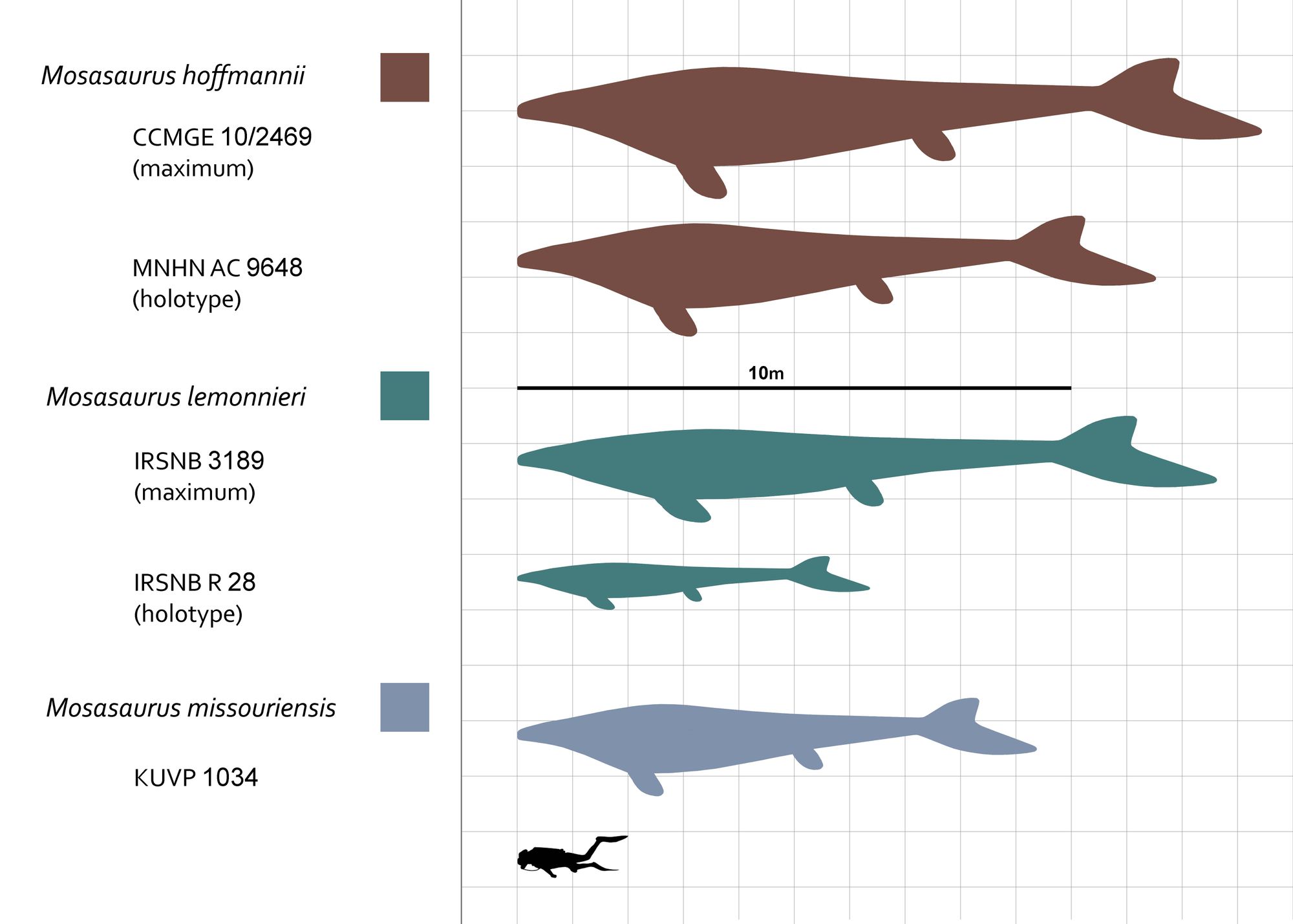The Maastricht Skull

Last week, exhausted by the emotions of my final days of work, I decided to take some fresh air. Having left my job during a pandemic, with no discernible plan, my future was deeply uncertain.
Leaving Maastricht, I climbed the hill on the edge of town and took a walk close along the edge of the disused limestone quarry. Not too close, you understand, but close enough to form new ideas.
At the top of the quarry there is a lookout point, a vertigo-inducing slab of steel and glass jutting out over the limestone cliffs. I stood there and waited for new ideas to evolve in the way they often do, from a place somewhere beyond me.
In 1764, quarry workers discovered a large skull not far from where I stood. Giant, in fact. It was so big that renowned biologist Petrus Camper surmised that it must be a whale, deposited there in prehistoric times when the seas covered this region. But it had teeth unlike any whale.
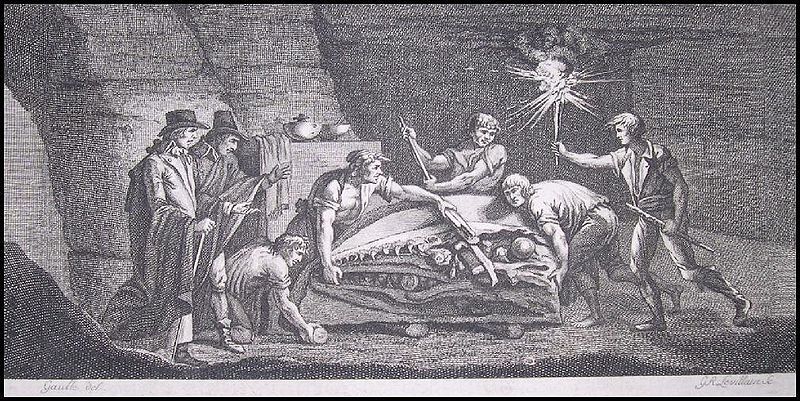
Fifteen years later, a second skull was found in the same spot. The physician Johann Leonard Hoffmann thought it belonged to a crocodile. But at two metres long, this animal would have totalled at least fifteen metres in length.
Neither Camper or Hoffman was right. It was not a whale, nor a crocodile. Even these men - a prominent biologist and qualified physician respectively - were unable to understand what they were looking at. Neither of them knew they were holding a skull that would change the way humans understood the natural world forever.
Before the 19th century, much of Europe and the Western world believed that the Earth was created by God. As such, it was complete and perfect. This belief became embedded in the theological concept of 'the great chain of being', which stated that all life - from the amoeba, to the whale, to God - was linked in a continuous chain.
Thomas Jefferson was a firm believer in the great chain of being. Famously, it led him to deny the existence of the woolly mammoth. Jefferson, like many others, believed that gaps or missing links in the great chain of being would destroy the natural order. Extinction, therefore, was impossible. The woolly mammoth was impossible. It never existed.
Which begs the question: What on earth did people think woolly mammoth fossils were?
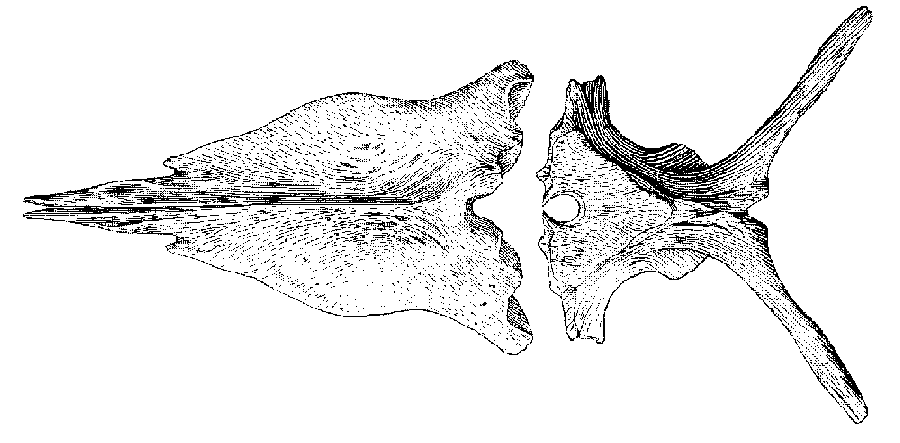
The answer is surprisingly simple. Fossils were believed to be dead animals in the wrong place. Scientists of the time broadly believed that woolly mammoth fossils belonged to elephants. They believed elephants had relocated from Europe as the earth became cooler. This explained the presence of elephant bones in more temperate climes.
However, some fossils, like the Maastricht skull, were impossibly large. People believed these fossils came from undiscovered animals hiding somewhere on earth. So, for much of history, the world believed that no species of animal had ever become extinct. Until, that is, the French naturalist Georges Cuvier got his hands on the skull.
Georges Cuvier was born in 1793. As a child he had a remarkable memory. Long lists of kings and dreary chronological facts, once arranged in his memory, were never forgotten. At the age of twelve, he read and reread volumes of the Comte de Buffon's massive Histoire Naturelle. He retained so much information that he is said to have developed a naturalist’s familiarity with animals and birds even as a child. Zoology was therefore a natural career choice.
As a young adult, Cuvier took up work in animal anatomy at the Jardin des Plantes de Paris. His skill as a palaeontologist became legendary. He could reconstruct the entire anatomy of an unidentified species from a few fragments of bone.
In 1796 he presented his paper on living and fossilised elephants. Cuvier had studied bones that he believed were notably different from the skeletons of elephants found in Africa and India at that time. He identified them as mammoth and mastodon fossils, using the structure of their jaws and teeth as his primary evidence. Cuvier knew he was close, but not close enough. The scientific community was not yet ready to accept his ideas.
In 1808, Cuvier took receipt of the Maastricht skull, which had become known as the "great animal of Maastricht.” Staring at the deadly rows of teeth, he came face-to-face with an animal that could have ended his life in the blink of an eye. It became the final piece in his puzzle.
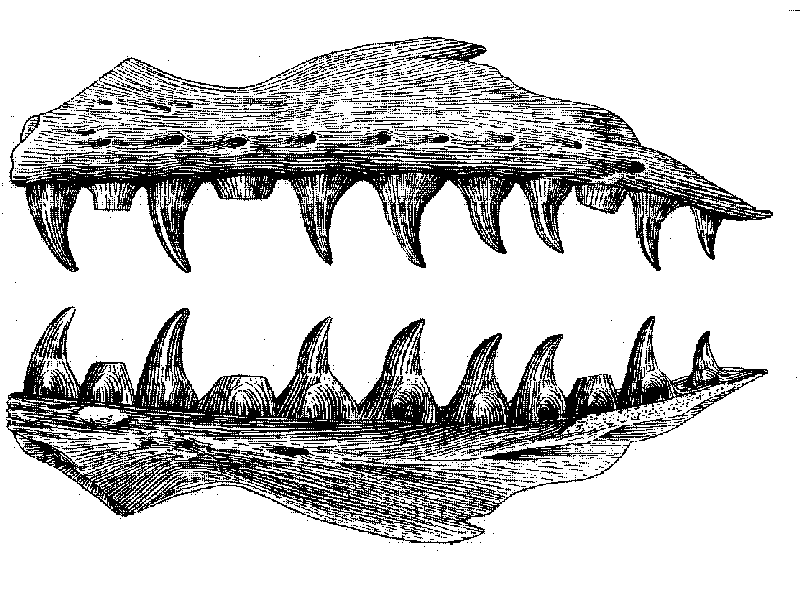
Combining his unparalleled anatomical skill with a deep geological knowledge, Cuvier was able to show that this creature was unlike anything on earth. The animal’s size was comparable to a modern-day sperm whale. The location of the fossils, and its anatomy, indicated a preference for shallow waters. It was impossible that this animal was hiding.
Cuvier's extensive readings in Greek and Latin allowed him to collect every ancient report known in his day relating to petrified bones. This research, his work on mastodons and mammoths, and the Maastricht skull were finally accepted as incontrovertible evidence. Cuvier’s work became the turning point in the history of palaeontology and ended the debate about extinction.
These animals no longer existed.
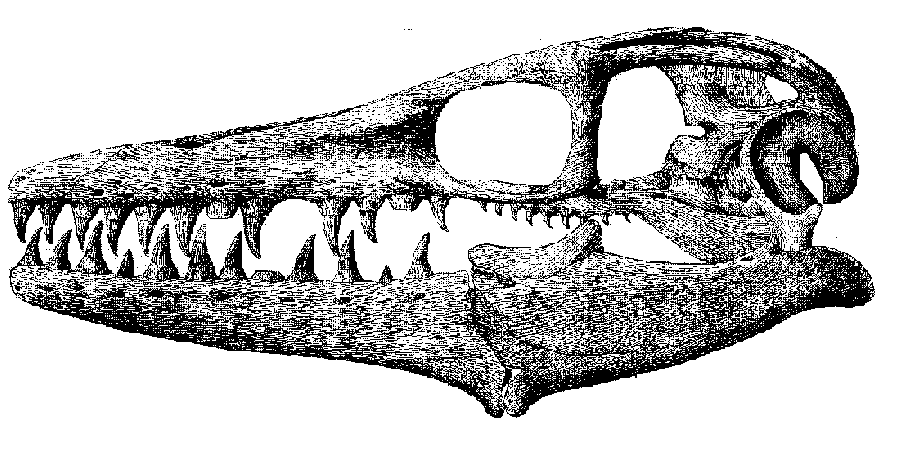
In 2015, 14-year-old Lars Barten was walking through the Maastricht quarry, somewhere down below the lookout point where I stood. As he walked beneath the bleached white of the cliffs, he spotted a piece of bone. After finding several more pieces, he and his father called two experts. Together, they found 25 skeletal remains in the limestone. The finds were approximately 66.3 million years old and from the same animal as the Maastricht skull.
That animal was the giant sea reptile Mosasaurus hoffmannii. Measuring an estimated ten to twenty metres long, the animal derives its name from the winding river Maas (Mosa being the Latin translation) that runs past the quarry. Equipped with terrifying jaws and sharp teeth, it was a fearsome shallow-water hunter.
Mosasaurus lived from about 82 to 66 million years ago. This age is now known as the Maastrichtian, named after the abundance of fossils discovered in the area around the quarry and beyond.
Georges Cuvier's work on these fossils, and in particular the Maastricht skull, allowed him to develop the idea of catastrophism, a theory that only became widely accepted almost two hundred years later in the 1980s. Cuvier theorised that sudden and violent events had shaped the Earth, literally and figuratively. Cuvier believed these events caused species to become extinct.
Today, we now know the Cretaceous–Paleogene extinction was one of these events. It caused the sudden mass extinction of three-quarters of the animal and plant species on Earth, including Mosasaurus, the great animal of Maastricht.
As I left the quarry that day and walked back to my house, it was hard not to think of the next mass extinction event. How would humanity respond? How would we deal with the threat of an asteroid hurtling towards our homely rock? Would it be enough to galvanise a new era of human thought? To force us to reconsider our ecosystems and the great chain of being, just as the Mosasaurus skull did for Cuvier?
A catastrophic asteroid strike would wipe us out, of course. So what is needed, I thought, is just something to scare us. A brush with death. Rows of teeth. A reminder of our mortality and insignificance in the grand scheme of things. A close encounter. Not too close, you understand. But close enough to form new ideas.
Thanks for reading
Thanks to my Foster editors Jessica Kasmer-Jacobs and Patrick Perini. And thanks to Julia for holding my hand at the lookout point.
Skull and fossil images, unless otherwise stated, are credited to The University Geological Survey of Kansas, Vol. IV, Part I, Upper Cretaceous, published by the State Printer of Kansas, 1898.
